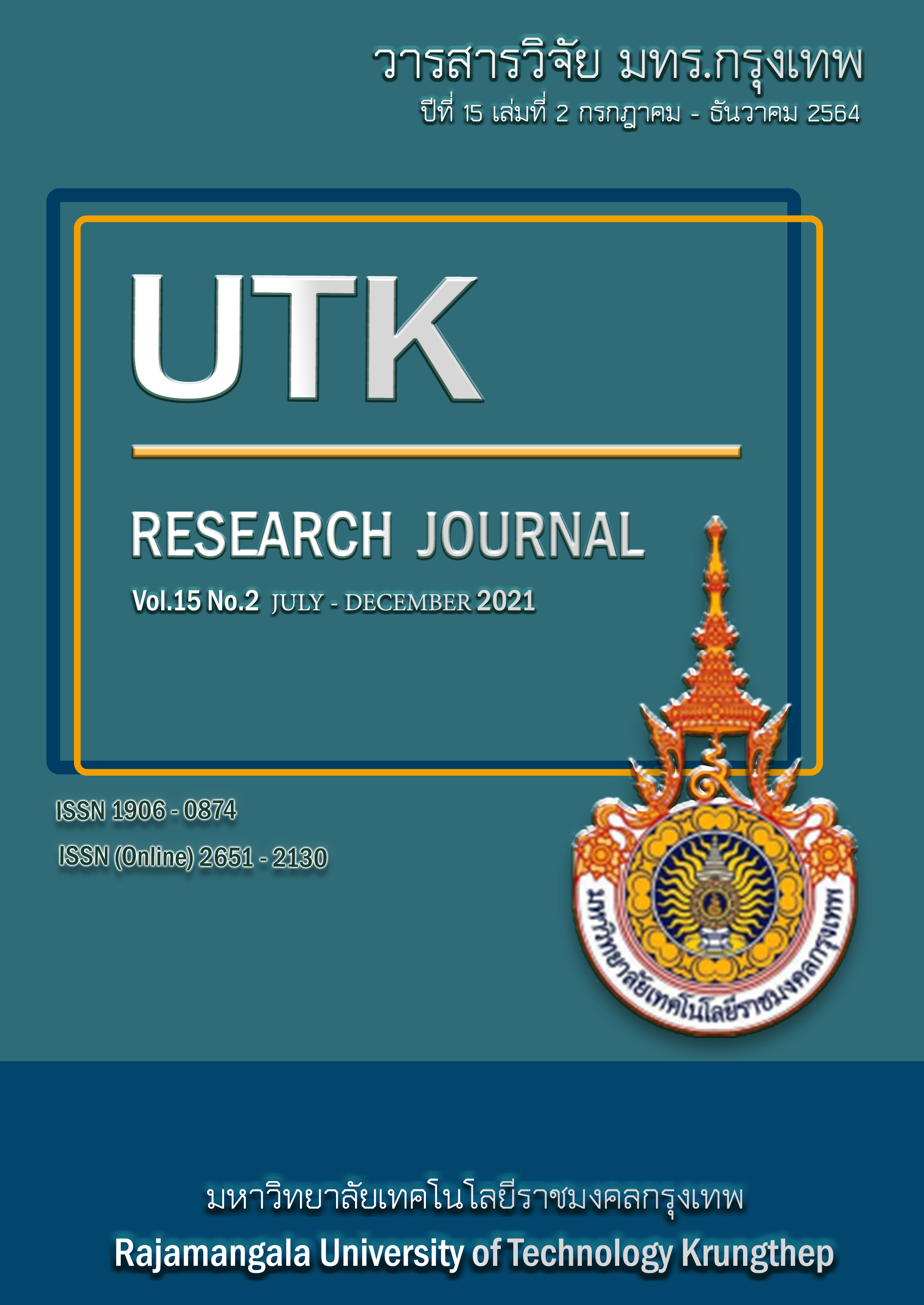Effect of 3 Points Bending Process on Microstructure Evolution and Damage Characteristics of Dual Phase High Strength Steel Sheets JSC980Y
Keywords:
Bending process, Warm forming, Spring-back, Failure mechanisms, Sheet metal formingAbstract
This study used dual phase high strength steel sheets metal JSC980Y of 1 millimeter size thickness, as a conventional used in the process of forming automotive parts. Cracking and tearing occur due to its high strength property resulting in brittleness at room temperature. To avoid this phenomenon and increases of formability, bending was carried out by applying the warm temperature treatments at 200 ºC, 400 ºC and 600 ºC, compared with the bending test at room temperature. 3-Point bending processes were performed with different bending angles (0-75º) by a 0.25 millimeter punch tip radius. The experiment results showed that, the bending temperature directly affects the formability and the springback angle of the dual phase sheet metal. When the temperature was increased, springback angle tended to increase and the springback angle maximum occurred at the bending temperature of 400 °C because this temperature range was effect on microstructure changes of dual phase steel. Furthermore, when the bending temperature was increased, it directly affected to microstructure and failure characteristics on the bending surface of the finished product.
References
Ozdemir M, Gökmeşe H, Dilipak H, et al. Investigation as experimental and micro-structural of the effect to spring back/forward amount of 16Mo3 (1.5415) sheet materials of different heat-treatments. ISITES, E-Publishing, 2014; 148-55.
Imai K, Koyama J, Jin Y. High-accuracy V-bending system by real time identifying material property. J Mater Process Tech, 2008;201(1-3):193-7.
Tekaslan Ö, Şeker U, Özdemir A. Determining spring back amount of steel sheet metal has 0.5 mm thickness in bending dies. Material and Design, 2006; 27(3):251-8.
Ragai L, Lazim D, Nemes A. Anisotropy and spring-back in draw-bending of stainless steel 410: experimental and numerical study. J Mater Process Tech, 2005;166(1):116-7.
Sousa L, Castro C, Antonio C. Optimal design of V and U bending processes using genetic algorithms. J Mater Process Tech, 2006;172(1):35-41.
Phanitwong W, Thipprakmas S. Determination of Coined-Bead Geometry in the V-Bending Process. Advances in Mechanical Engineering. 2014;63:45-52.
Thipprakmas S. Finite Element Analysis on the Coined-Bead Mechanism during the V Bending Process. Material and Design. 2011;32(10):4909-17.
Gökmeşe H, Özdemir M. The Effect of Heat Treatment on the Formability Behavior of Hardox-500 Sheet Material. GU J Sci, Part: C. 2016;4(4):343-9.
Luo L, Li W, Wang L, et al. Tensile behaviors and deformation mechanism of a medium Mn-TRIP steel at different temperatures. Mater Sci Eng. 2017; 682: 698–703.
Yanagimoto J, Oyamada K, Nakagawa T. Springback of high-strength steel after hot and warm sheet formings. CIRP Ann. 2005;54(1): 213–6.
ASM International. Mechanical Testing and Evaluation, ASM Handbook., Vol. 8. Ohio, USA, 2000.
Zhu M, Xu G, Zhou M, et al. Effects of tempering on the microstructure and properties of a high-strength bainite rail steel with good toughness, Metals (Basel). 2018;8(7):484.
Davidkov A, Jain M K, Petrov R H, et al. Strain localization and damage development during bending of Al-Mg alloy sheets, Mater Sci Eng. 2012;(550):395–407.
Tsoupis I, Hildering S, Merklein M. Prediction of damage in small curvature bending processes of high strength steels using continuum damage mechanics model in 3D simulation, Prod Eng. 2013;7(2–3):239–49.
Sirinakorn T, Uthaisangsuk V. Effects of The Tempering Temperature on Mechanical Properties, J Met Mater Miner. 2014;24(1):13–20.
Anazadeh A S, Kheirandish S. Affect of the tempering temperature on the microstructure and mechanical properties of dual phase steels. Mater Sci Eng .2011;532-41.
Downloads
Published
How to Cite
Issue
Section
License
กองบรรณาธิการวารสารวิชาการ มหาวิทยาลัยเทคโนโลยีราชมงคลกรุงเทพ มีความยินดีที่จะรับบทความจากอาจารย์ นักวิจัย นักวิชาการทั้งภายในและภายนอกมหาวิทยาลัย ในสาขาวิชาวิทยาศาสตร์และเทคโนโลยี ได้แก่ สาขาวิชาวิทยาศาสตร์ วิศวกรรมศาสตร์ และสาขาอื่นๆ ที่เกี่ยวข้อง รวมถึงสาขาต่างๆ ที่มีการบูรณาการข้ามศาสตร์ที่เกี่ยวข้องวิทยาศาสตร์และเทคโนโลยี ที่เขียนเป็นภาษาไทยหรือภาษาอังกฤษ ซึ่งผลงานวิชาการที่ส่งมาขอตีพิมพ์ต้องไม่เคยเผยแพร่ในสิ่งพิมพ์อื่นใดมาก่อน และต้องไม่อยู่ในระหว่างการพิจารณาของวารสารอื่น
การละเมิดลิขสิทธิ์ถือเป็นความรับผิดชอบของผู้ส่งบทความโดยตรง บทความที่ได้รับการตีพิมพ์ต้องผ่านการพิจารณากลั่นกรองคุณภาพจากผู้ทรงคุณวุฒิและได้รับความเห็นชอบจากกองบรรณาธิการ
ข้อความที่ปรากฏอยู่ในแต่ละบทความที่ตีพิมพ์ในวารสารวิชาการเล่มนี้ เป็นความคิดเห็นส่วนตัวของผู้เขียนแต่ละท่าน ไม่เกี่ยวข้องกับมหาวิทยาลัยเทคโนโลยีราชมงคลกรุงเทพแต่อย่างใด ความรับผิดชอบด้านเนื้อหาและการตรวจร่างบทความแต่ละบทความเป็นของผู้เขียนแต่ละท่าน หากมีความผิดพลาดใดๆ ผู้เขียนแต่ละท่านจะต้องรับผิดชอบบทความของตนเองแต่ผู้เดียว
กองบรรณาธิการขอสงวนสิทธิ์มิให้นำเนื้อหา หรือข้อคิดเห็นใดๆ ของบทความในวารสารวิชาการ มหาวิทยาลัยเทคโนโลยีราชมงคลกรุงเทพ ไปเผยแพร่ก่อนได้รับอนุญาตจากกองบรรณาธิการ อย่างเป็นลายลักษณ์อักษร ผลงานที่ได้รับการตีพิมพ์ถือเป็นลิขสิทธิ์ของวารสาร






